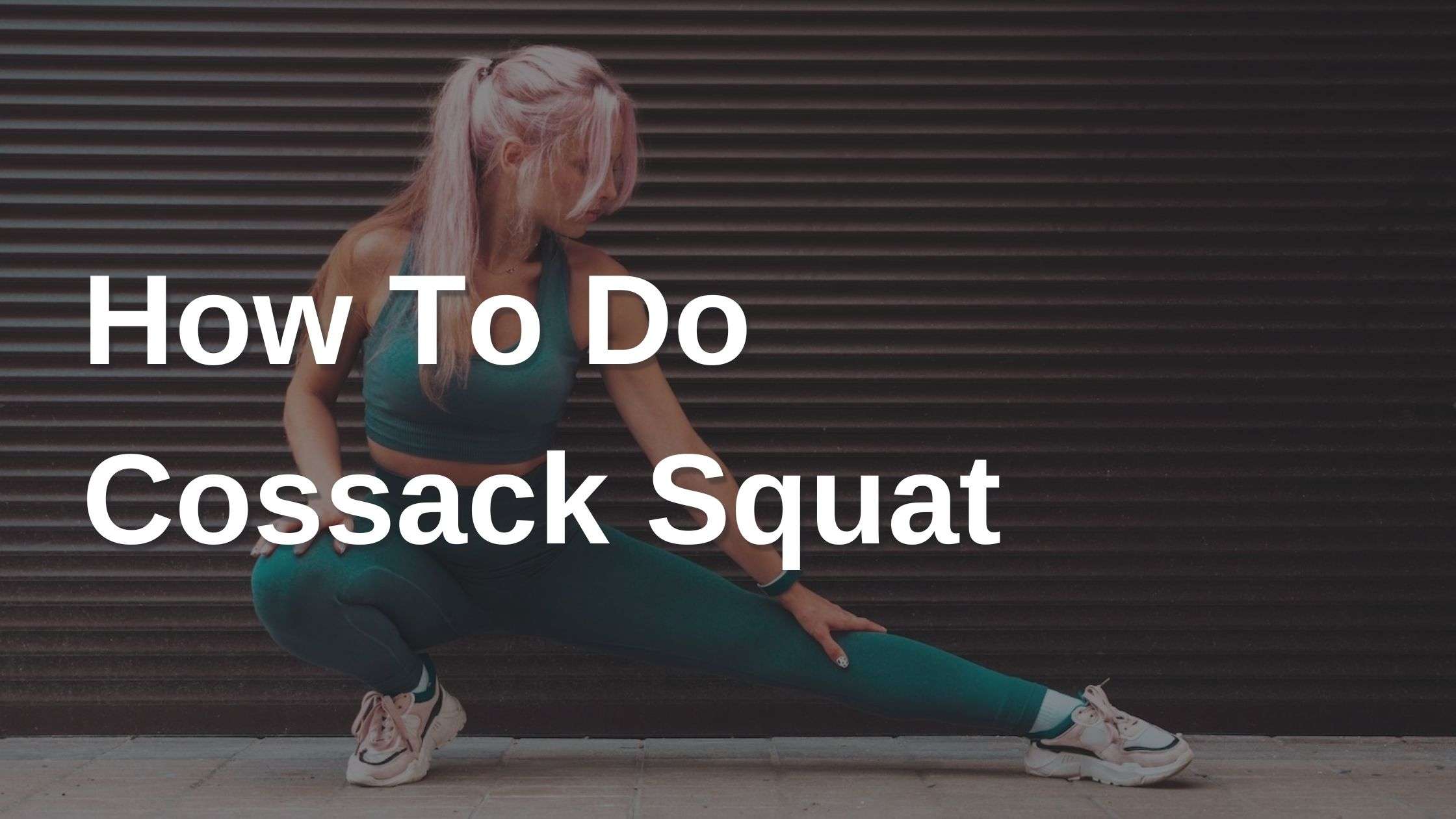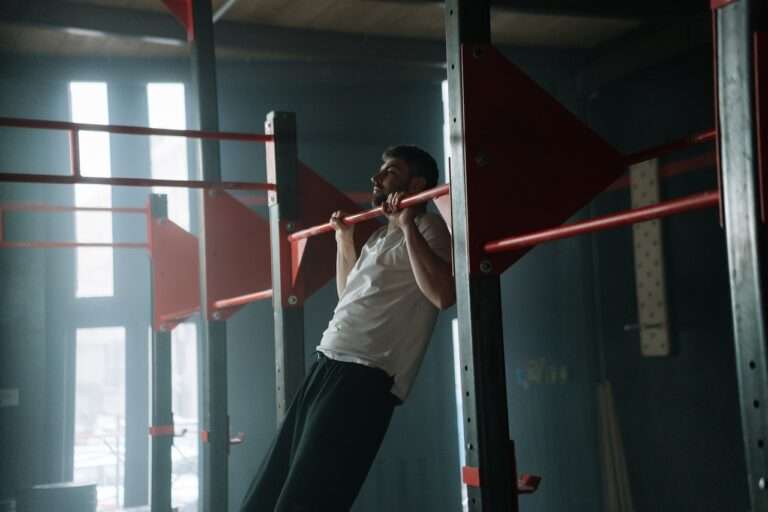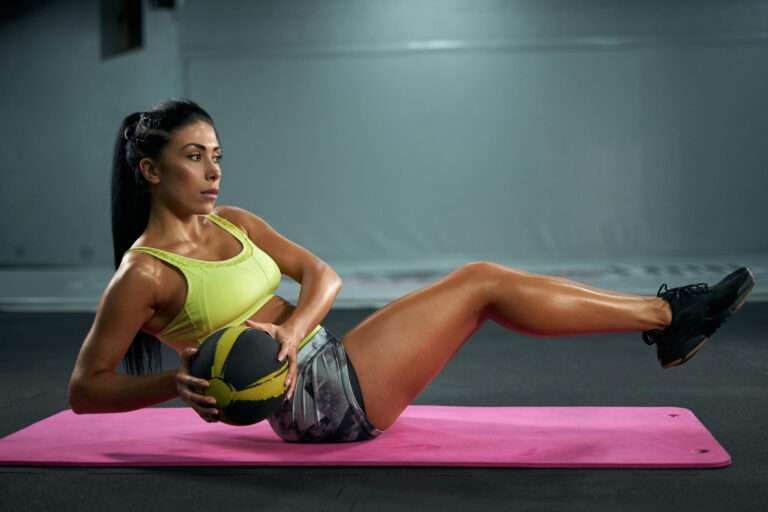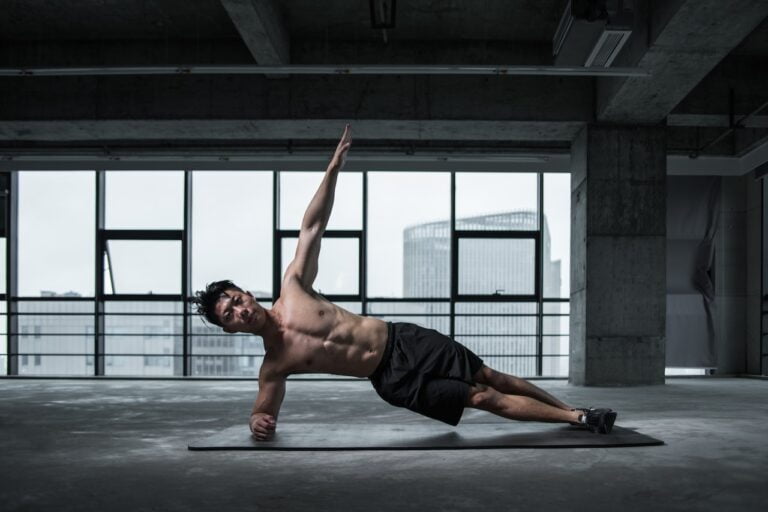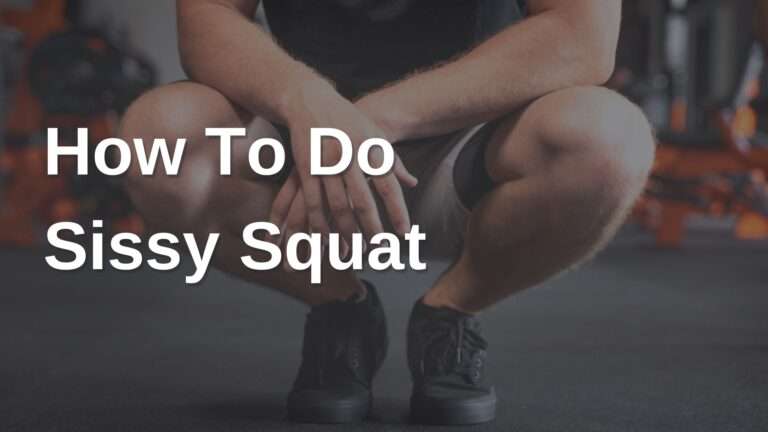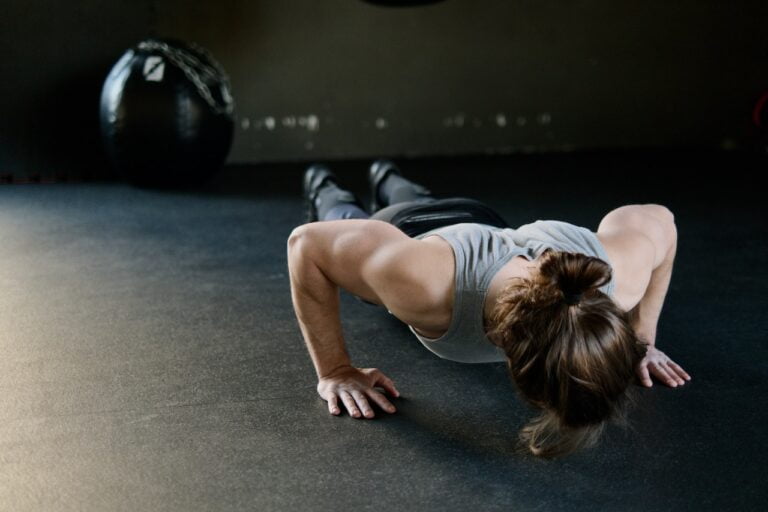Learn To Do Cossack Squat: Improve Mobility And Strength
When it comes to building lower body strength and improving mobility, the Cossack Squat is a highly effective exercise that often gets overlooked. This unique squat variation, inspired by the traditional Russian Cossack dancers, targets a wide range of muscles while challenging your balance and flexibility. In this article, I will guide you through the benefits of incorporating the Cossack Squat into your workout routine, the muscles it works, and how to perform it correctly.
Muscles Worked During the Cossack Squat
The Cossack Squat is a compound exercise that primarily targets the lower body muscles, including the quadriceps, hamstrings, glutes, and calves. However, it also engages several other muscles to stabilize and support your body throughout the movement.
Quadriceps:
The quads, located in the front of your thighs, are heavily engaged during the Cossack squat. These muscles are responsible for extending your knees.
Hamstrings:
The hamstrings, located at the back of your thighs, are also activated during the Cossack squat. These muscles help flex your knees and extend your hips.
Glutes:
Your gluteal muscles, which include the gluteus maximus, medius, and minimus, are targeted during this exercise. These muscles are responsible for hip extension and external rotation.
Adductors:
The adductor muscles, located on the inside of your thighs, are heavily activated during the Cossack squat. These muscles help move your legs toward the midline of your body.
Calves:
The muscles in your calves, including the gastrocnemius and soleus, are also engaged to provide stability during the Cossack squat.
Engaging the core muscles is essential during the Cossack Squat to ensure proper form and stability. The obliques, located on the sides of your abdomen, are particularly active as they assist in maintaining an upright torso and preventing any excessive leaning. Lastly, the muscles of the lower back are engaged to provide support and prevent any strain or injury during the exercise.
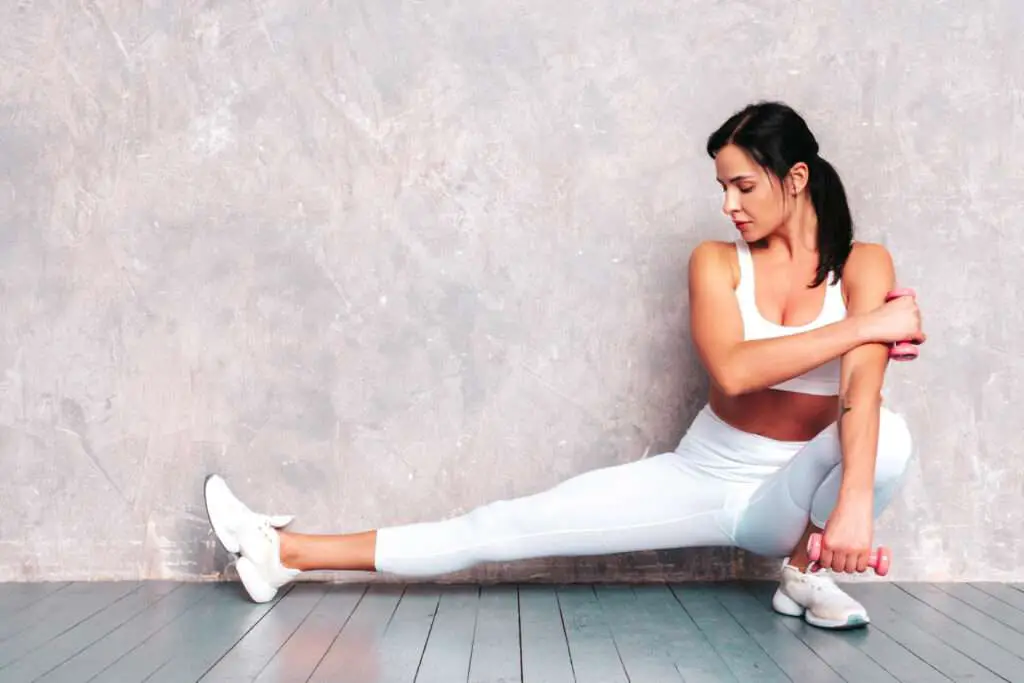
Benefits of Cossack Squat
There are numerous benefits to including the Cossack Squat in your regular workout routine. Some of the key benefits include:
Improved Mobility:
The Cossack squat requires deep knee and hip flexion, helping to increase your range of motion in these joints. This exercise allows you to build functional strength that can be translated into various activities and sports.
Increased Leg Strength:
This exercise targets the muscles in your glutes, quadriceps, hamstrings, and adductors, making it a great way to build lower body strength.
Improves Hip Mobility and Flexibility
Cossack Squat improves hip mobility and flexibility. The deep squatting position required in this exercise helps increase the range of motion in your hips, which is crucial for everyday movements like walking, running, and bending.
Enhanced Balance and Stability:
Cossack Squat challenges your balance and stability. As you perform the squat on one leg while the other leg is extended to the side, your body needs to engage the core and various stabilizer muscles to maintain proper alignment. This not only enhances your balance but also improves your overall body control.
Engaged Core Muscles:
Your core muscles, including your abdominals and obliques, are engaged during the Cossack squat to help stabilize your body. This can contribute to improved core strength and stability.
Reduced Risk of Injury:
By improving your mobility, strength, and balance, the Cossack squat can help reduce the risk of injuries, particularly in the lower body. This is especially important for athletes participating in sports that involve quick changes in direction and lateral movements.
Perform a Cossack Squat
- To start, place your feet wider than the width of your shoulders and point your toes slightly outward.
- Shift your weight to one side as you bend your knee and lower your body down into a squat position on that side.
- Throughout the exercise, keep your chest up and your torso straight.
- Your other leg should remain straight and your foot flat on the floor, toes pointing upward.
- Go as low as you can comfortably go without compromising form, or until your thigh on the bent leg is parallel to the ground.
- Push through the heel of your bent leg to return to the starting position.
- Repeat the movement on the opposite side, shifting your weight to the other leg and performing the squat.
Cossack Squat Progressions
If you’re new to the Cossack Squat or have limited mobility, it’s important to start with the basic variation and gradually progress to more challenging versions. This will help you build strength and improve your mobility and technique.
Here are some Cossack squat progressions to consider:
Lateral Lunge:
Lateral lunges or side lunge is best alternative to cassack squat for beginners. Stand with your feet shoulder-width apart, then step to the side with your right foot and bend your right knee, keeping your left leg straight. Return to the starting position and repeat on the other side. This exercise helps warm up the muscles and prepares you for the Cossack Squat.
Assisted Cossack Squat:
Other cossack squat alternative for beginner. Stand next to a sturdy object, such as a wall or chair, and hold onto it for support. Perform the Cossack Squat by bending one knee and lowering your torso towards the ground while keeping the other leg straight and extended to the side. Use the support if needed to maintain balance and gradually increase your depth and range of motion as you become more comfortable with the movement.
Bodyweight Cossack Squat:
Stand with your feet wider than shoulder-width apart, toes pointed slightly outward. Shift your weight to one side as you lower into a squat on that side, keeping your opposite leg straight. As you come back up, push through the heel of your working leg. Repeat on the other side.
Kettlebell Goblet Cossack Squat:
Holding a kettlebell in front of your chest, perform the Cossack squat as described above. The added weight will increase the challenge and help strengthen your lower body muscles.
Weighted Cossack Squat:
If you want to further intensify the exercise, you can use dumbbells or a weight plate. Hold the weights at your sides or at shoulder level as you perform the Cossack squat.
Cossack Squat vs Side Lunge
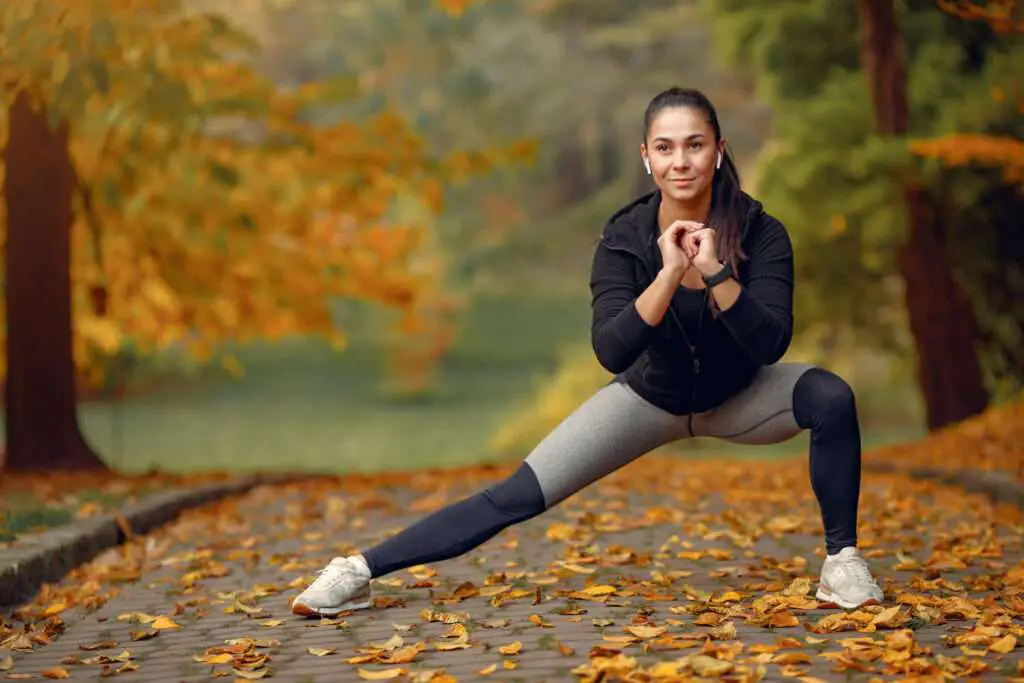
The Cossack Squat and the side lunge or lateral lunges may appear similar, but they’re actually different in terms of movement and muscle activation. While both exercises target the lower body, the Cossack Squat places more focus on hip mobility and balance, while the side lunge primarily focuses on the quadriceps and glutes.
The Cossack Squat involves a deep squatting motion where one leg is extended to the side while the other leg is bent. This movement engages the adductors, hip abductors, and core muscles, making it an excellent exercise for improving flexibility and stability.
On the other hand, the side lunge involves stepping to the side and bending one knee while keeping the other leg straight. This exercise primarily targets the quadriceps and glute muscles, providing a great workout for building lower body strength.
Kettlebell Cossack Squat
One popular variation of the Cossack squat is the kettlebell Cossack squat. This variation adds an additional challenge by incorporating the use of a kettlebell.
To perform the kettlebell Cossack squat:
- Hold a kettlebell with both hands, allowing it to hang between your legs.
- Assume a wide stance with your toes pointed slightly outward.
- Shift your weight to one side as you lower into a squat on that side, keeping your opposite leg straight.
- As you come back up, push through the heel of your working leg and return to the starting position.
- Repeat the movement on the other side to complete one rep.
The kettlebell adds resistance to the exercise, making it more challenging for your lower body muscles. Start with a lighter weight kettlebell and gradually increase the weight as you become comfortable with the movement.
Mistakes to Avoid When Performing the Cossack Squat
While the Cossack Squat is a highly effective exercise, there are common mistakes that people often make. Avoiding these mistakes will ensure you get the most out of this exercise while minimizing the risk of injury.
One common mistake is allowing the knee to collapse inward during the squat. This can put excessive stress on the knee joint and increase the risk of injury. To prevent this, focus on keeping your knee aligned with your toes throughout the movement. Engage your glutes and push your knees outwards to maintain proper alignment.
Another mistake is rounding the back or leaning too far forward during the squat. This can strain the lower back and compromise your form. Instead, keep your chest lifted, shoulders back, and maintain a neutral spine throughout the exercise.
Lastly, avoid rushing through the movement or sacrificing proper form for speed. The Cossack Squat is an exercise that requires control and focus. Take your time to lower into the squat, maintain proper alignment, and engage the targeted muscles.
Conclusion
This unique exercise targets a wide range of lower body muscles while challenging your balance and flexibility. Whether you’re a beginner or an experienced fitness enthusiast, mastering the Cossack Squat will undoubtedly take your lower body workout to the next level.
So, why wait? Start incorporating the Cossack Squat into your training today and experience the incredible benefits it has to offer. Remember to start with progression exercises, maintain proper form, and listen to your body. With dedication and consistency, you’ll soon witness the transformation in your mobility and muscle power.
